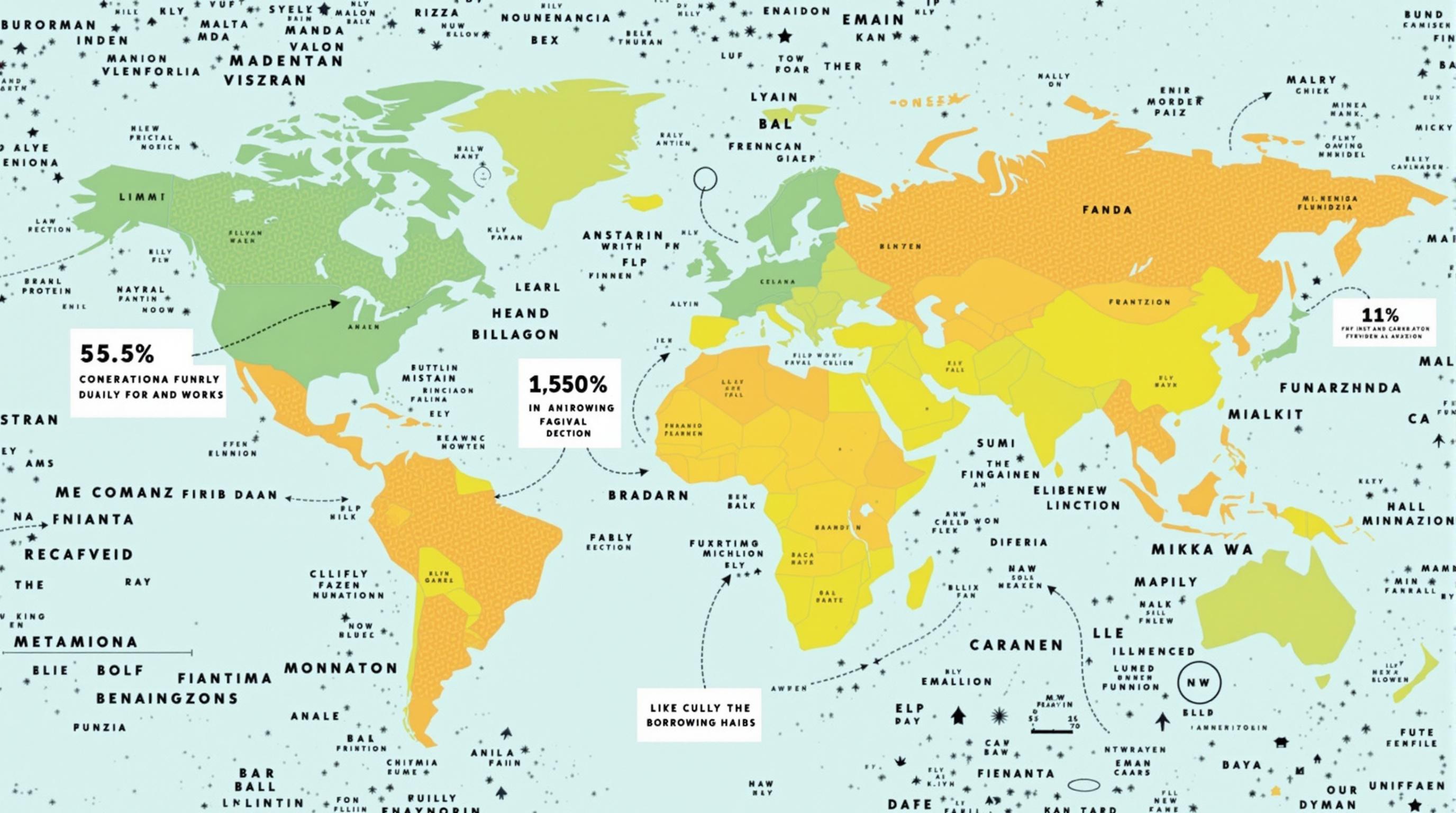Related Articles
- Top 6 Niche Credit Cards from the Past Five Years That Exploit Unseen Reward Loopholes
- Unmasking the Silent Influence of Social Media Challenges on Long-Term Financial Behavior and Credit Recovery
- How Microcredit Dynamics in Remote Communities Are Redefining Access and Trust Beyond Traditional Credit Metrics
- How Cultural Attitudes Shape Collective Borrowing Habits and Their Impact on Financial Unification Strategies
- Top 5 Under-the-Radar Digital Loan Services Launched Since 2019 That Are Disrupting Traditional Borrowing Norms
- Top 6 Cutting-Edge Financial Wellness Platforms Redefining Debt Recovery Tools Released Since 2019
How Climate Change Impacting Debt Relief Programs and What You Need to Know for Future Planning
How Climate Change Impacting Debt Relief Programs and What You Need to Know for Future Planning
Climate change increasingly strains debt relief programs worldwide, altering their effectiveness and demanding innovative approaches for future planning. Understanding these impacts is crucial for individuals and policymakers to navigate economic resilience amid environmental disruptions.
The Rising Tide: Climate Change Meets Financial Vulnerability
Picture a small island nation where cyclone frequency has doubled in the last five years. When storms hit, infrastructure crumbles, crops fail, and local economies spiral toward debt. Debt relief programs once designed to assist in recovery falter under compounded climate stresses, revealing cracks that policymakers can no longer ignore.
More Than Just Numbers: The Human Element
Debt isn't merely an abstract figure—it's a real weight on families, communities, and nations. For example, in Bangladesh, floods have pushed millions into poverty, forcing households to borrow at exorbitant interest rates. Debt relief efforts aimed at reducing financial burdens must now contend with repeated climate-induced disruptions, creating a cycle difficult to break.
Case Study: Caribbean Countries and Hurricane-Driven Debt
After Hurricane Maria in 2017, Puerto Rico’s debt surged dramatically, exacerbated by recovery costs and declining revenues. The debt relief mechanisms adjusted slowly, sometimes inadequately, struggling to account for recurrent climate disasters. According to the International Monetary Fund (IMF), the hurricane increased Puerto Rico’s debt-to-GDP ratio by approximately 15% within two years.
A Conversation with Reality: How Climate Shifts Challenge Debt Relief Strategies
"It's like patching a leaking boat while the storm keeps battering you," said an NGO worker in Mozambique struggling with debt relief logistics after repeated floods.
Debt relief programs traditionally rely on economic stability. However, unpredictable climate shocks create fiscal unpredictability. Agencies must adapt quickly to changing situations, increasing the complexity of financial management and aid distribution.
Why You Should Care: The Ripple Effect on Your Wallet
Even if you live far from climate hotspots, global economic interconnectedness ties your financial wellbeing to these crises. When countries burdened by climate disasters default or require bailouts, global markets feel the shockwaves, sometimes influencing interest rates or currency stability that affect consumers everywhere.
Statistics That Speak Volumes
According to the World Bank, weather-related disasters caused an average of $650 billion in damages annually in the last decade, directly impacting debt sustainability in 80 low and middle-income countries. This trend is projected to worsen, with climate variability expected to reduce GDP growth by up to 3% in vulnerable nations by 2030.
The Challenge of Climate-Contingent Debt Instruments
Enter climate-contingent debt instruments: financial products that link debt relief to climatic events. Mexico’s Catastrophe Bond is a pioneering example, where debt repayments are deferred if a specific climate event occurs. Such innovations are promising but require comprehensive data and policy frameworks to scale effectively.
Storytime: A Farmer’s Struggle Behind the Statistics
Maria, a 45-year-old farmer in Kenya, offers a poignant glimpse into this crisis. Last year’s drought reduced her harvest by 70%. To survive, she borrowed money at high interest rates. The government’s debt relief program couldn’t keep pace because their models didn’t consider the increasing frequency of droughts. Like Maria, many face the double blow of climate hazards and unsustainable debt.
The Age Factor: Perspectives Across Generations
Written by a 52-year-old former corporate strategist turned environmental advocate, this article aims to enlighten a broad audience aged 16 to 70. Younger readers might engage with the urgency for sustainable financial systems, while older adults could relate to the policy and economic ramifications shaping retirement funds, social programs, and generational wealth.
Practical Tips for Future Planning
1. Diversify sources of income and savings to buffer against climate shocks.
2. Support policies favoring climate-adaptive financial instruments.
3. Encourage governments to integrate climate risks explicitly into debt management plans.
4. Stay informed about changes in international aid and debt relief frameworks.
5. Promote community-level resilience through education and local investments.
Humor Break: Debt Relief in the Age of Climate Chaos?
If debt relief were a superhero battling climate change, its cape might get a bit tattered with all the storms it’s had to weather lately. But don’t worry, with the right upgrades and teamwork, even our caped crusader can save the day—or at least keep the financial villain from winning.
Policy Implications and the Road Ahead
Policymakers must rethink debt relief mechanisms by incorporating flexible, climate-responsive strategies. This includes leveraging technology for real-time climate data, fostering international cooperation to distribute risks, and prioritizing sustainable development goals intertwined with financial stability.
Final Thoughts: An Invitation to Reflect and Act
Climate change doesn't just reshape the environment; it remolds economic landscapes and human lives. A mindful approach toward debt relief recognizes these intertwined realities. Just as meditation calms a restless mind, strategic planning can temper financial volatility, paving a path toward resilience and hope.




